If you’re keen on exploring nature, our environment, and the diverse variety of animals, an African national park is your best bet. Africa, remarkably affluent in wildlife biodiversity, leads the world in national parks with 335, sheltering more than 1,100 mammalian species, 100,000 insect species, 2,600 bird species, and 3,000 fish species. So, if you haven’t made a trip to an African national park yet, now is the moment! Prepare to be impressed by these 25 extraordinary African National Parks.
Tai National Park, Ivory Coast
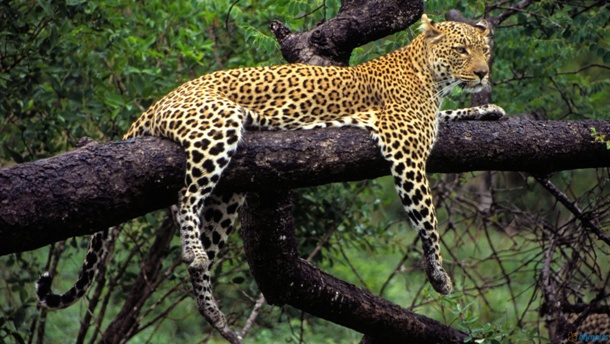 1ms.net
1ms.net Covering an area of about 1,300 square miles, this park was declared a World Heritage Site in 1982. There over 140 mammal species to be found in the park, including twelve regional endemics and five of the red list threatened species: Pygmy Hippopotamus, Olive Colobus monkeys, Leopards, Chimpanzees and Jentink’s Duike.
Salonga National Park, Democratic Republic of Congo
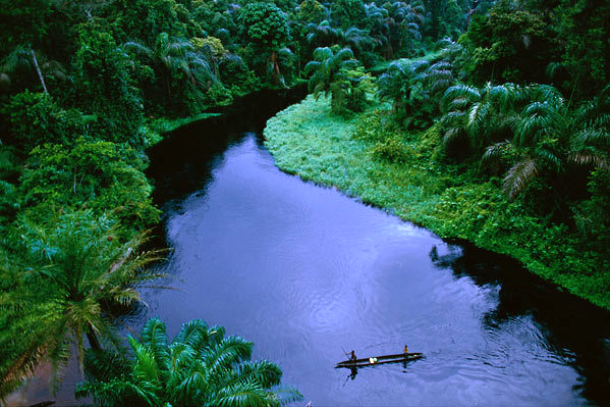 www.retosa.co.za
www.retosa.co.za Located in the Congo River basin, it is Africa’s largest tropical rainforest reserve. There are no roads in the park, most of it is accessible only by the river. Salonga National Park is home to numerous animal species, notably monkeys, leopards, forest elephants, and African slender-snouted crocodiles.
Deux Balés National Park, Burkina Faso
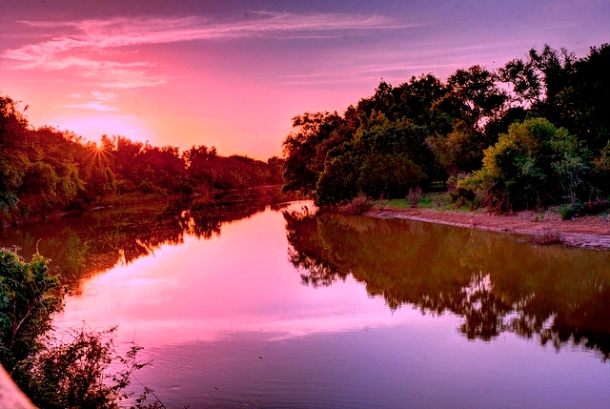 www.flickr.com
www.flickr.com Founded in 1937 as one of the first protected areas in West Africa, this small, unassuming national park in the heart of Burkina Faso might not have the highest concentration of big game animals but it can offer spectacular sceneries. The Black Volta River flowing through the park features hippos, crocodiles and many aquatic birds.
Niokolo-Koba National Park, Senegal
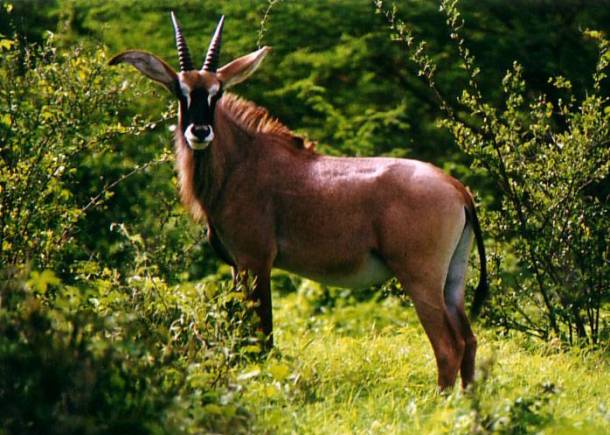 www.africaguide.com
www.africaguide.com Established as a wildlife reserve in 1925, the park is a World Heritage Site now. Apart from its incredible collection of 1500 plant species, this park also hosts 20 species of amphibians, 60 species of fishes, 38 species of reptiles, 80 mammal species and around 330 species of birds.
Ahaggar National Park, Algeria
 www.matrix-2001.cz
www.matrix-2001.cz Dominated by the Ahaggar Mountains, this immense park is 40 times the size of the entire Gambian nation. Despite being in the middle of the world´s greatest desert, Ahaggar National Parkis a surprisingly diverse area, boasting of classic dunes, woodlands, as well as a 9,550 feet high mountain range. The biodiversity in the area is also excellent – number of animal species that have died off in other parts of the Sahara can be still found here.
Bazaruto National Park, Mozambique
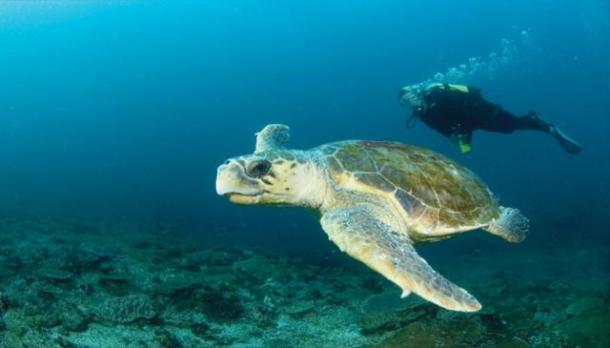 www.originaldiving.com
www.originaldiving.com Situated on the eastern coast of Mozambique, this park also covers a large expanse of ocean and six islands. It hosts several endemic terrestrial gastropods, lizards and water birds. The rich variety of marine life includes humpback whales, marine turtles, spinners, humpback and bottlenose dolphins; and marlins and barracudas.
Kiang West National Park, Gambia
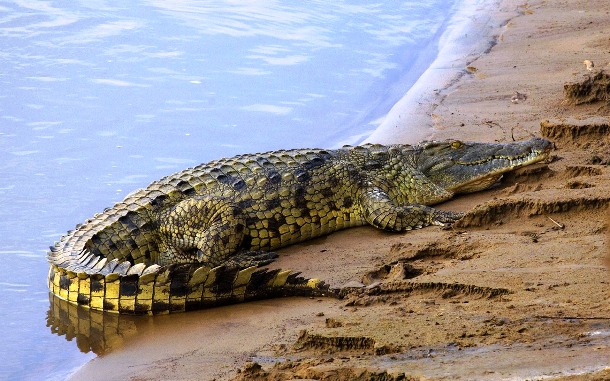 animalposts.blogspot.com
animalposts.blogspot.com Located on the south bank of the Gambia River, it is one of the largest and most important wildlife reserves in Gambia. The park is home to abundant game animals, predators and birds but also manatees, dolphins, snakes and fearsome Nile crocodiles. Vegetation types in the park include Guinean savanna and dry deciduous woodlands.
Sehlabathebe National Park, Lesotho
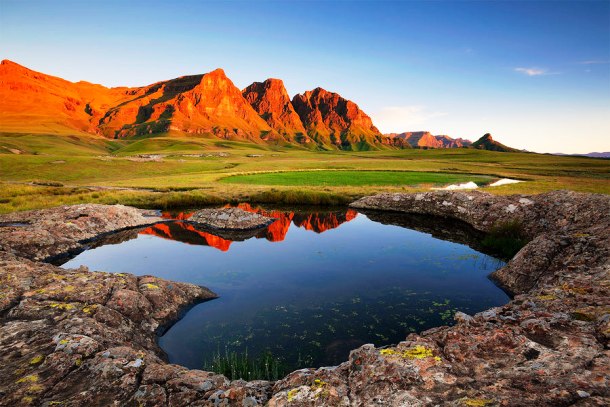 maliba-lodge.com
maliba-lodge.com Home to both striking biological diversity as well as important cultural heritage, the park was first established in 1969. Apart from unique Afro-Alpine and Sub-Alpine plants, mammals, avifauna, reptiles, amphibians and fish presence in the park, there is a record number of 65 rock art sites which have been identified here.
Kruger National Park, South Africa
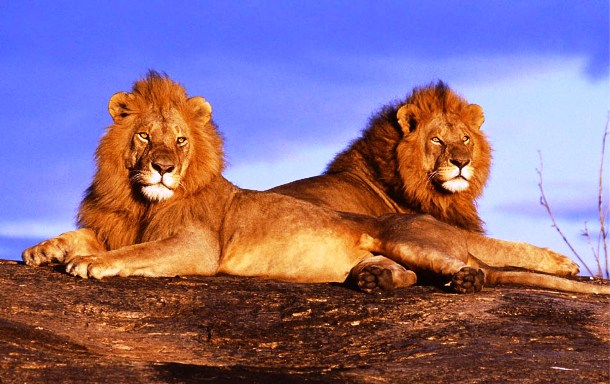 www.travelnation.co.za
www.travelnation.co.za Covering an area of over 7,500 square miles, Kruger is one of the largest, oldest and most famous national parks in the world. It boasts of an amazingly abundant wildlife diversity including 150 mammals, over 500 different kinds of birds, 114 reptile and 50 fish species. Visitors to the park are welcome to use its 21 rest camps, 2 private lodge concessions, and 15 designated private safari lodges.
South Luangwa National Park, Zambia
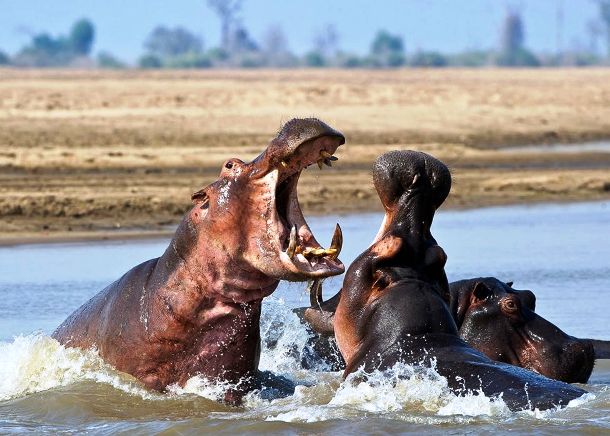 www.audleytravel.com
www.audleytravel.com Founded as a game reserve in 1938, this park is one of the best-known national parks in Africa for walking safaris. It hosts large populations of Thornicroft’s Giraffes, elephants and buffalos, while the Luangwa River supports abundant crocodiles and hippos. Unfortunately, the park’s black rhinos were wiped out by 1987.
Quicama National Park, Angola
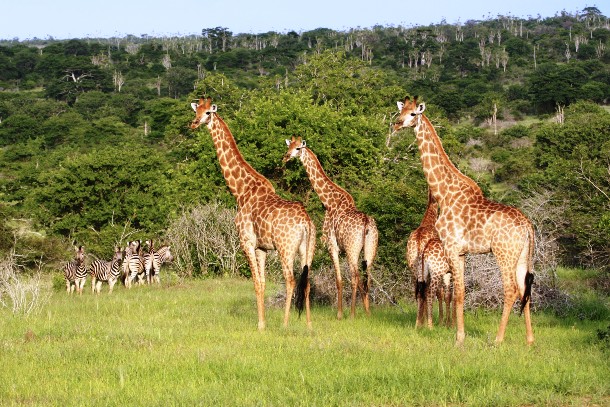 carrollsinangola.wordpress.com
carrollsinangola.wordpress.com Quicama is the only functioning national park of the country, while others are in disrepair because the Angolan Civil war. This amazing park was once home to an abundance of large game animals but after wide-scale poaching during the Civil war, the animal population was virtually eliminated. The situation has been gradually improving thanks to the ‘Operation Noah’s Ark’ project which transports animals from neighboring countries.
Korup National Park, Cameroon
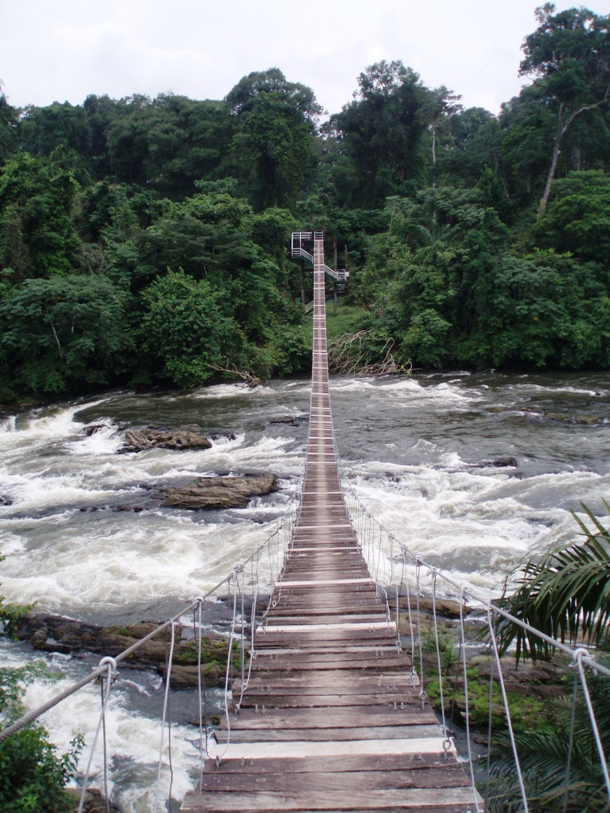 en.wikipedia.org
en.wikipedia.org Extending over almost 500 square miles of mostly undisturbed primary forest, this park can boast of one of Africa’s oldest and richest rainforests in terms of floral and faunal diversity. The park is especially suitable for birdwatching and primate viewing.
Bale Mountains National Park, Ethiopia
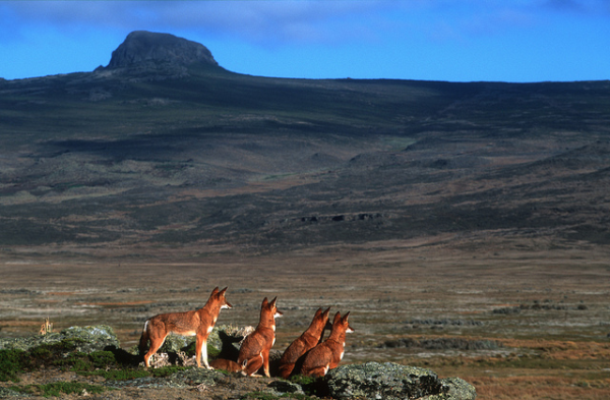 www.solimarinternational.com
www.solimarinternational.com Founded in 1970, this Ethiopian national park has one of the highest incidences of animal endemicity of any terrestrial habitat in the world. The park is divided into five distinct and unique habitats: Northern Grasslands, Northern Woodlands, Afro-alpine Meadows, Erica Moorlands, and Harenna Forest. It is notable for being home to the largest populations of both endemic and endangered Ethiopian wolf and Mountain Nyala.
Kakum National Park, Ghana
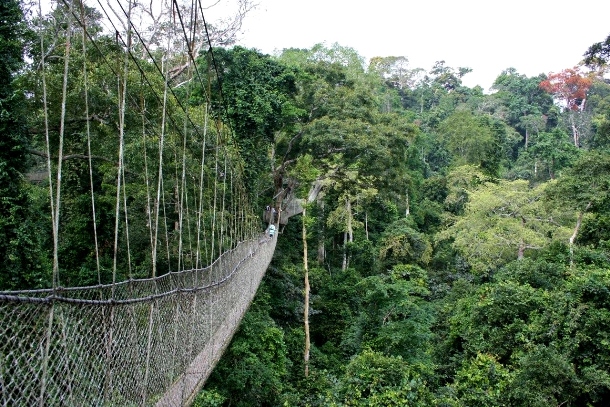 en.wikipedia.org
en.wikipedia.org Located in the coastal environs of the Central Region of Ghana, this park is almost entirely made up of tropical forests. The most notable endangered species in the park are Diana monkeys, giant bongo antelopes, yellow-backed duikers and African elephants. Kakum is also famous for its 1,150 feet long canopy walkway, which connects seven tree tops.
Etosha National Park, Namibia
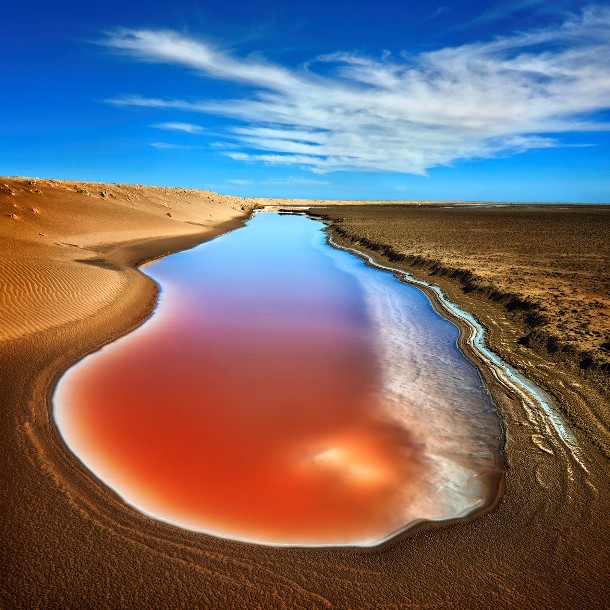 www.ign.com
www.ign.com Spreading over an area of 8,600 square miles, Etosha is one of the most famous and important national park in Africa. A quarter of its area is covered by a huge salt pan (which is from where the park gets its name). Etosha is home to hundreds of species of mammals, birds and reptiles, including several threatened and endangered species such as the black rhinoceros.
Bwindi Impenetrable National Park, Uganda
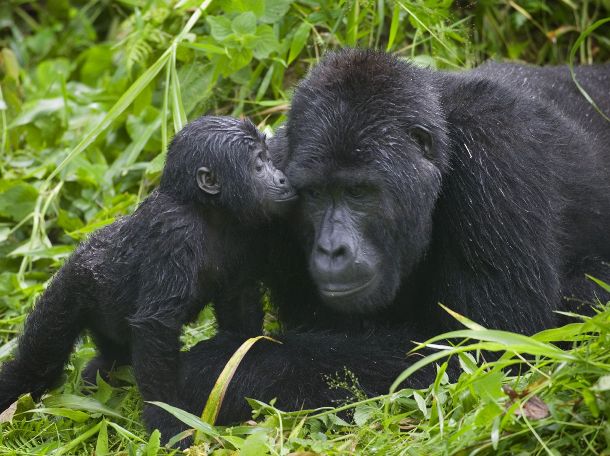 safarifreelancing.com
safarifreelancing.com Situated along the Democratic Republic of Congo border, this prime Uganda´s national park comprises 128 square miles of jungle forests that make up one of the richest ecosystems in Africa. Apart from many mammal, bird or reptile species, the park is notable for its 340 Bwindi gorillas, half the world’s population of the critically endangered mountain gorillas.
Chobe National Park, Botswana
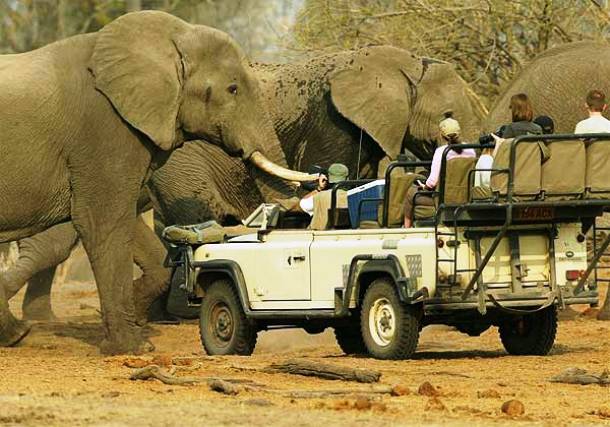 www.namibia-tours-safaris.com
www.namibia-tours-safaris.com Established in 1967 as Botswana´s first national park, Chobe is known for one of the largest game concentration in Africa. It is especially renowned for its spectacular elephant population counting about 50,000 specimen. Elephants living here are Kalahari elephants, the largest in size of all known elephant populations.
Kilimanjaro National Park, Tanzania
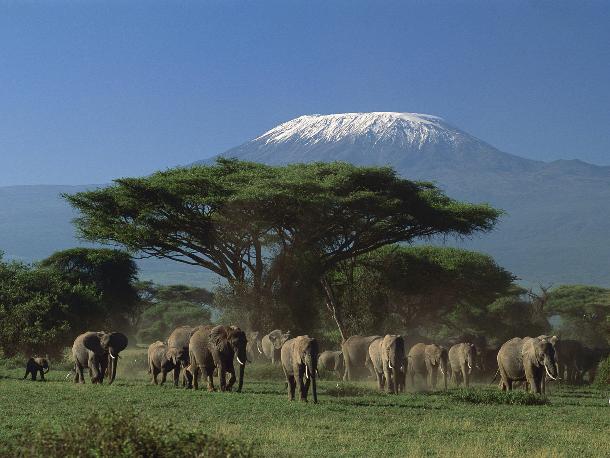 bongopedia.com
bongopedia.com Lying 190 miles south of the equator, the park features Mount Kilimajaro – the highest mountain in Africa and the highest free-standing mountain in the world at 19,341 feet above sea level. The park was declared a World Heritage Site by the United Nations Educational, Scientific and Cultural Organization in 1987.
Tsingy de Bemaraha National Park, Madagascar
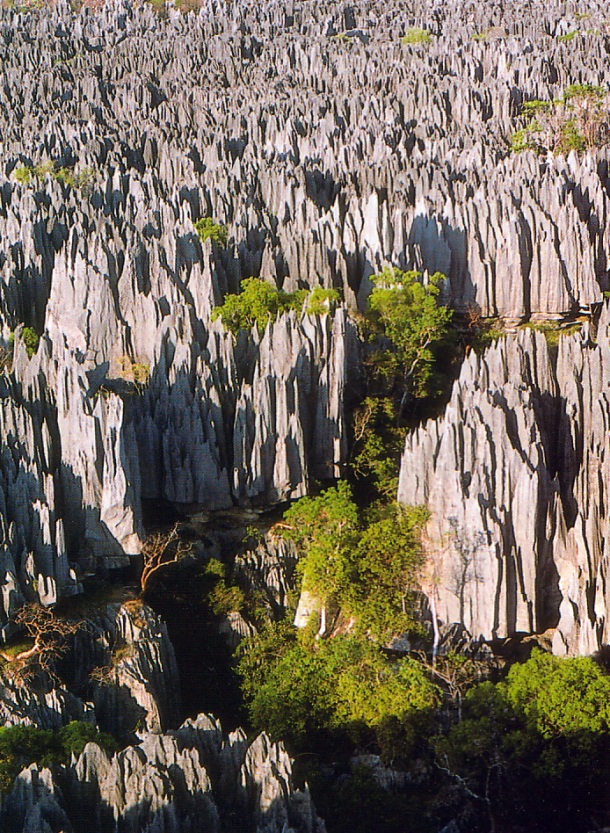 en.wikipedia.org
en.wikipedia.org Located in the Melaky Region, this national park is a UNESCO World Heritage Site. “Tsingys” are karstic plateaus which are very typical of this region. The superposition of vertical and horizontal erosion patterns has created dramatic “forests” of limestone needles in the park.
Yankari National Park, Nigeria
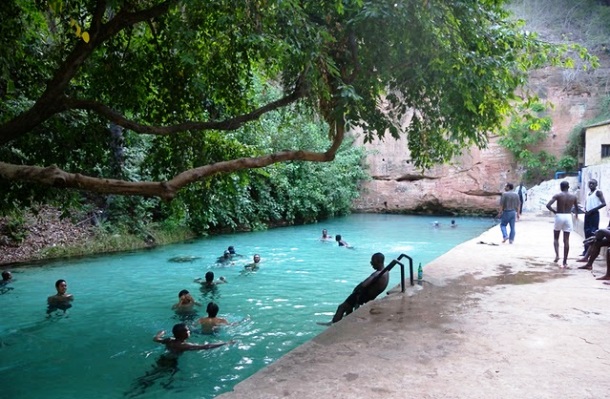 www.vencarta.com
www.vencarta.com Situated in northeastern Nigeria, Yankari National Park is the most popular tourist spot in the country. The park has rich wildlife resources hosting over 50 mammal and 350 bird species. Due to underground geothermal activity, Yankari National Park also features four warm water springs developed for recreation.
Lag Badana National Park, Somalia
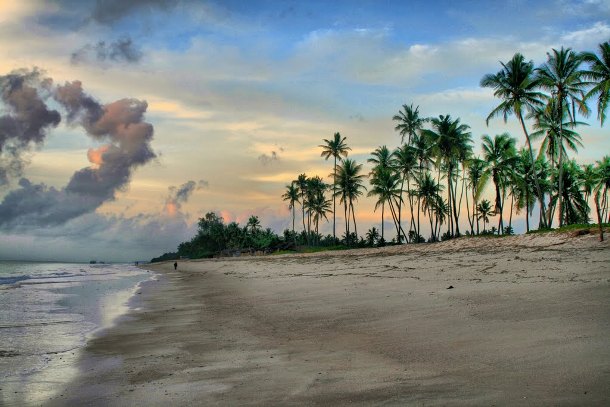 www.panoramio.com
www.panoramio.com Located on the far southern coast of Somalia, it is the oldest national park of this country. Apart from its various wildlife, the park is home to over 200 vascular plant species, of which some 20 are endemic. Nearby coral reefs are also popular tourist sites.
Hwange National Park, Zimbabwe
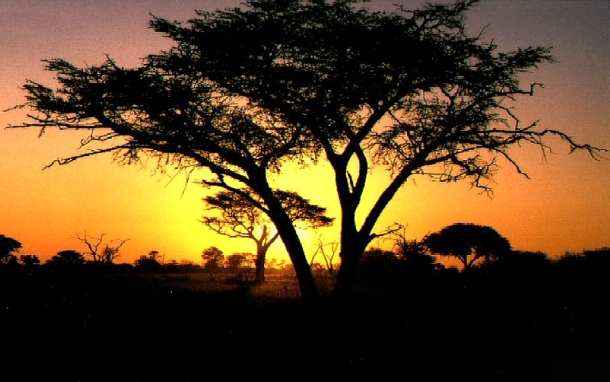 travel.desktop-wallpaper-photo.com
travel.desktop-wallpaper-photo.com Founded in 1928, Hwange is the largest and most famous national park in Zimbabwe. The park hosts over 100 mammals including 19 large herbivores and 8 large carnivores and about 400 bird species. It is the only protected area where gemsbok and brown hyena occur in reasonable numbers.
Tsavo East National Park, Keyna
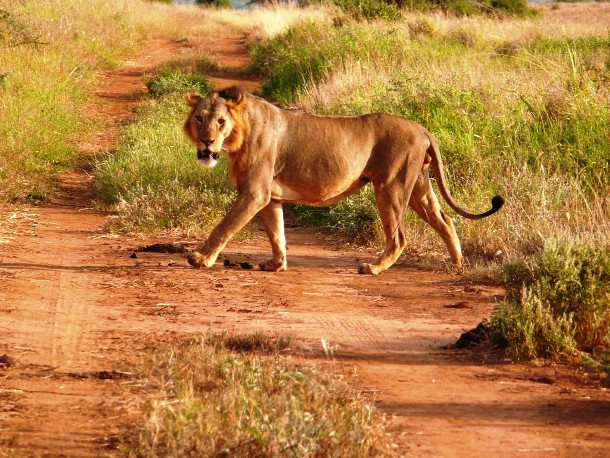 www.panoramio.com
www.panoramio.com Occupying an area of over 5,300 square miles, is one of the oldest and largest parks in Kenya. Tsavo East National Park provides undeveloped wilderness homes to vast numbers of animals and over 500 bird species. Local Tsavo lions are famous for their maneless adult males.
Zakouma National Park, Chad
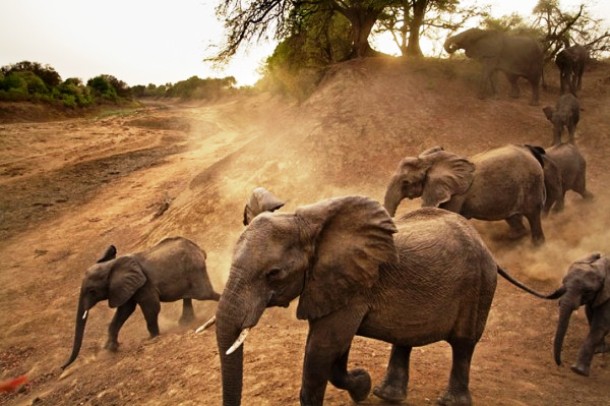 newswatch.nationalgeographic.com
newswatch.nationalgeographic.com Established in 1963, Zakouma was Chad’s first national park. The fauna of the Park includes 44 species of large mammals, and many species of birds. In 1970, there were about 300,000 elephants in the park; however, by 2007 the number had dwindled to just 10,000 due to poachers. Zakouma still struggles with poaching but its animal populations seem to be slowly increasing.
Loango National Park, Gabon
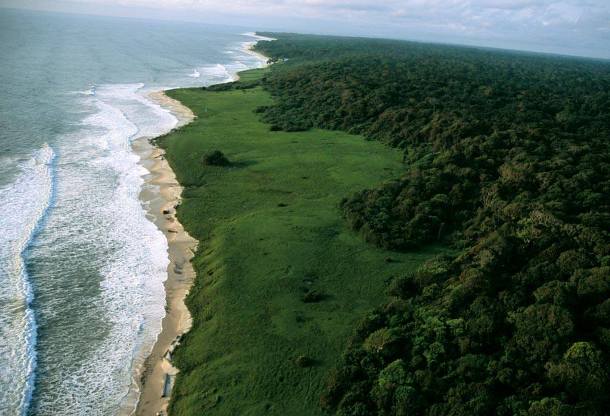 www.moonlight-mile.com
www.moonlight-mile.com Situated between the Nkomi and Ndogo Lagoons, Loango National Park is the true jewel of Africa’s western coast. The park’s 600 square miles comprises of savannas, pristine beaches, forests and mangroves. Loango offers breathtaking panoramas and unique opportunity to observe elephants, buffalos, hippos, gorillas and leopards.
Aren’t these African National Parks spectacular?! If you liked these parks, you may also enjoy these 25 Unbelievable Photographs Of National Parks From Around The World.



























